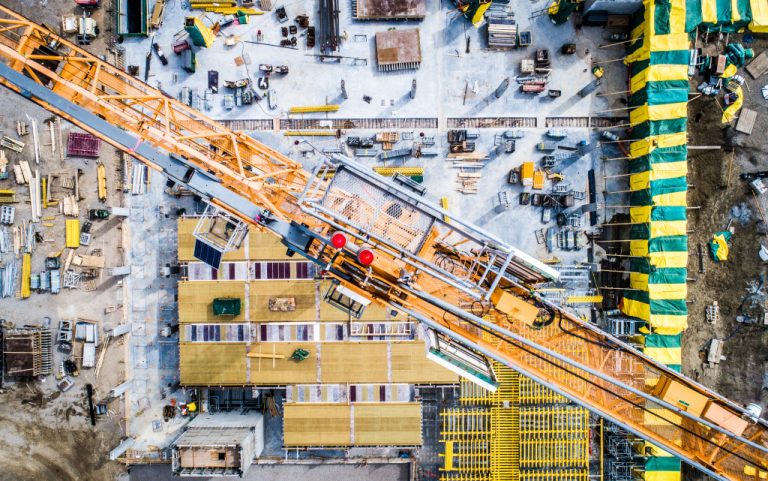Construction is an essential industry. It contributes a considerable chunk to the United States GDP. The sector gains billions of dollars, and each project can cost billions of dollars that it can reinvest into better infrastructure. However, the industry is facing multiple problems today. Dealing with these problems is essential. Let’s first discuss the most significant problem the industry faces: the lack of manpower.
Manpower Shortage
It’s estimated that over a million workers in the construction industry are going to leave the sector for greener pastures. They’ve been enticed by other industries offering better working conditions, higher pay, and more stability. They are also far safer. The construction industry is going to have to find ways to plug this gaping hole.
The manpower shortage can create a huge ripple effect throughout the entire industry. It can lead to delayed projects, not being completed on time, or not being completed at all. It can cause a domino effect where one project’s delay causes other projects to be delayed. The result is billions of dollars in lost productivity and revenue.
The problem here is not because no one is willing to replace these workers, but rather, being able to control their replacements and distribute them appropriately. Thankfully, digital human resource management and recruitment are prevalent in the industry. This option can ensure that no company gets all the workers and everyone’s on a level playing field when hiring recruits.
Another way to solve the manpower shortage is by using prefabrication and modularization. It’s where parts of a project are built in a factory setting and then shipped to the construction site. It helps speed up the construction process and reduces the need for onsite workers.

Prefabrication and modularization are becoming more popular in the construction industry. Many big construction companies are investing in these technologies. They are seen as a way to reduce costs and speed up projects.
Lack of Construction Materials
The pandemic has led to a decrease in the production of construction materials. The lack of construction materials is one of the reasons why projects are being delayed. As a result, homes are left unfinished, and buildings are not getting the facelifts they need.
This problem will likely continue in the near future as the pandemic continues ravaging the world. The construction industry will have to find ways to cope with this problem.
One digital solution to this problem is e-commerce. E-commerce is great for selling accessories, as seen by the welding industry. The welding industry is a growing sector, especially regarding online sales. There are now various weld cleaning solutions for sale online, and because of this, there isn’t a lack of materials for projects. These cleaning solutions are essential if every weld needs to be stable in a project. If the entire industry is willing to adopt this, it would be a significant step in the right direction.
Another way to solve this problem is by 3D printing. 3D printing technology is becoming more advanced each year. It’s now possible to print entire homes. This technology is also being used to print building facades and other small parts needed for construction.
3D printing can help the construction industry solve its material problems. It would be a great way to get around the lack of construction materials.
Cost Overruns
Cost overruns occur when a project’s final cost is higher than the original estimate. Cost overruns can cause projects to be delayed or canceled altogether. As a result, they are a big problem in the construction industry.
There are many reasons why cost overruns happen. One of the biggest reasons is changes in the scope of the project. The scope is what the project is supposed to achieve. It’s the end goal. If the scope changes, then it’s likely that the cost will change as well.
Another reason for cost overruns is poor planning. If a project is not planned correctly, it’s more likely to go over budget. It’s because unforeseen problems will arise during the course of the project. Poor planning can also lead to unrealistic estimates.
One digital solution to this problem is BIM (Building Information Modelling). BIM is a digital tool that helps construction companies plan their projects. It’s a 3D model of the project that people can use to simulate different scenarios. It allows construction companies to avoid cost overruns by planning for all eventualities.
BIM is becoming more popular in the construction industry. Many big construction companies are using it to plan their projects. It’s a great way to avoid cost overruns.
Many problems are plaguing the construction industry. However, the sector can solve problems swiftly and efficiently through these digital solutions. By doing so, it can bounce back from the issues of the pandemic.

